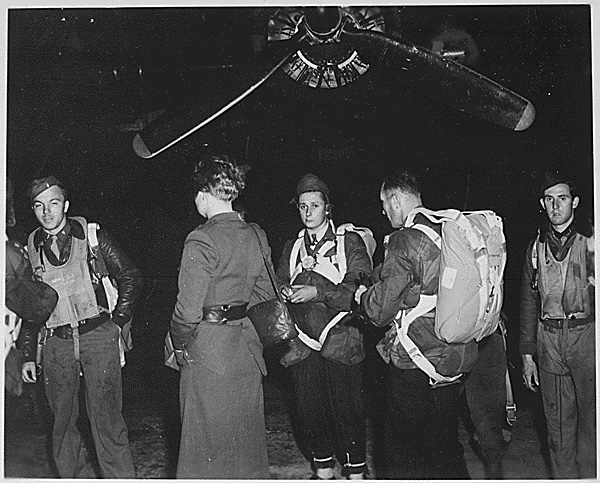By Andrew Latham
The roots of the modern state are often traced to the 16th or 17th centuries, but their foundations were laid much earlier. This article explores how the emergence of the late medieval “war state” in the 13th and 14th centuries marked a decisive shift toward more centralised and state-like forms of military organisation.
Feudal War-Making
From the late 1200s onward, royal war-making capabilities underwent profound changes – changes that made them decisively less feudal and decidedly more state-like. During the preceding era of lord-rulership, kings had raised military forces through a combination of feudal and communal levies.
Feudal levies involved the mobilization of the king’s vassals under the terms of tenurial obligation (servitium debitum or “service owed”) in return for the grant of a fief. The king’s lordly tenants were not only obliged to provide their own martial services, but also to furnish the services of their household knights, knights whom they themselves had enfeoffed (under the obligations of “knight-service”), and even hired warriors (solidarii, stipendiarii, conducti milites) – all at no cost to the king for up to forty days per year.
Communal service, on the other hand, involved the mobilization of non-noble troops on the basis of their membership in the community of the realm and their obligation to defend the kingdom and the king (the “common good” and “necessity” were often invoked). It typically yielded large numbers of foot soldiers (pedites), primitively armed, who could either accompany the king on an expedition or serve as a kind of local militia with primarily defensive responsibilities.
In conjunction with the king’s household troops, the feudal host formed the core of the royal armies of the high Middle Ages. Non-noble troops, while sometimes numerically superior, invariably played a supporting, not to say subordinate, role.
During the thirteenth and fourteenth centuries, however, the way in which kingdoms raised and sustained royal armies underwent several key transformations. To begin with, by the middle of this century the feudal host had effectively disappeared from the historical scene.
The reasons for this are complex, but can be boiled down to the fact that kings of this era needed terms of service both more flexible and dependable than those permitted under the feudal levy. As the French historian Bernard Guenée put it, “… it soon had to be admitted that the [servitium debitum] had had its day. The vassals did not necessarily have any inclination for war and the diverse and limited services they owed no longer corresponded to the needs of contemporary warfare.”
This was compounded by the fact that kings had, in any case, come to believe that royal wars imposed a duty on all of the king’s subjects, not just his vassals. As a result, by the early 1300s kings had abandoned the feudal levy. Emblematically, Edward III of England last summoned the host in any meaningful way in 1327. Guenée notes, “When the young Richard II assembled his vassals in 1385, this final summons of the feudal host was merely an exercise in prestige, an act more political than military.”
The Military Revolution
fol. 113
In place of the feudal levy, kingdoms introduced two innovations that enabled them to raise and sustain truly royal armies.
The first of these was designed to enhance the capacity of the kingdom to mobilize troops under the terms of communal service. In kingdoms across Latin Christendom, royal authorities legislated royal rights over the military services of noblemen and non-noblemen alike. In France, for example, the former took the form of the semonce des nobles, the latter the arrière-ban. French royal charters establishing communes also specified quotas for urban troops to be furnished to the kingdom in times of need.
In England, the Statute of Westminster (1285) required all able-bodied Englishmen between fifteen and sixty to fight for the kingdom when the king deemed it necessary. While it is true that in practice this form of service was quite selective (only certain types of militarily effective men were called up; the rest commuted their service through money payments), and that its popularity with kings ebbed and waned, this type of legislation provided the foundations for the emergence of non-noble specialist troops such as the English longbowmen and Swiss pikemen as major elements of the military forces of most kingdoms during the late Middle Ages.
The second new means of raising royal armies was through the use of paid or contracted forces. These were raised either through so-called “indentures of retainer” (such as fief-rentes, tierras, and acostamientos) that obliged an individual knight to serve his king in return for payment of an annual pension, or through the use of contracts with magnates or captains who in turn raised, equipped, and paid troops to be put at the disposal of the crown. These latter could be raised either from among the king’s subjects or from beyond the realm.
Given these changes, it is not overstating it to say that the late thirteenth and early fourteenth centuries witnessed a profound “military revolution.” In fact, two such revolutions can be identified.
On the one hand, as Clifford Rogers has demonstrated, there was a significant cavalry-to-infantry shift in the fourteenth century. This revolution involved the rise to prominence on the battlefield of pole-armed foot soldiers such as Swiss halberdiers and pikemen, and archers such as Welsh and English longbowmen. This can best be characterized as a transformation in the dominant configuration of military technologies and tactics in a given historical context.
On the other hand, the period also saw a rapid transformation in the way in which entire societies organized for and prosecuted war. This second revolution was deeper and broader than the first and considerably more important; for the transformation in the way in which kingdoms raised armies during this period gave birth to a form of “war state” that, alongside and intertwined with the “judicial state” and “tax state”, defined the basic contours of the kingdom as a political unit in the late Middle Ages and set the stage for the emergence of the modern state sometime in the sixteenth century.
Andrew Latham is Professor of Political Science at Macalester College. He is the author of Theorizing Medieval Geopolitics: War and World Order in the Age of the Crusades and the fictional novel The Holy Lance. You can also follow him on X/Twitter @aalatham.
Top Image: BNF MS Francais 2662 fol. 150v
Subscribe to Medievalverse
Premium IPTV Experience with line4k
Experience the ultimate entertainment with our premium IPTV service. Watch your favorite channels, movies, and sports events in stunning 4K quality. Enjoy seamless streaming with zero buffering and access to over 10,000+ channels worldwide.

















